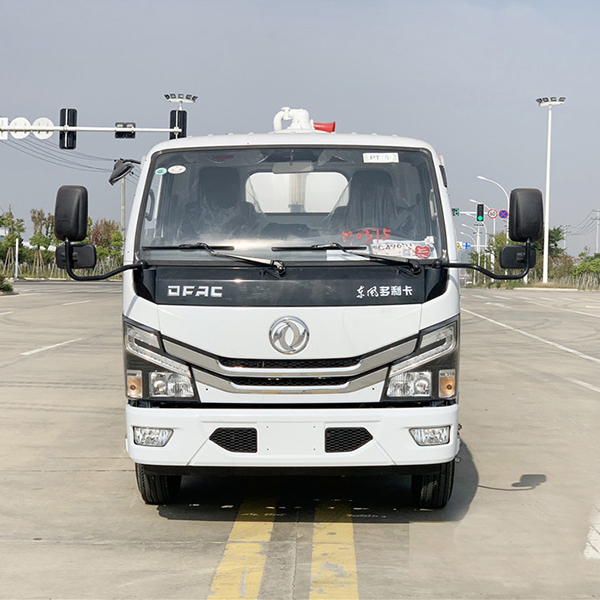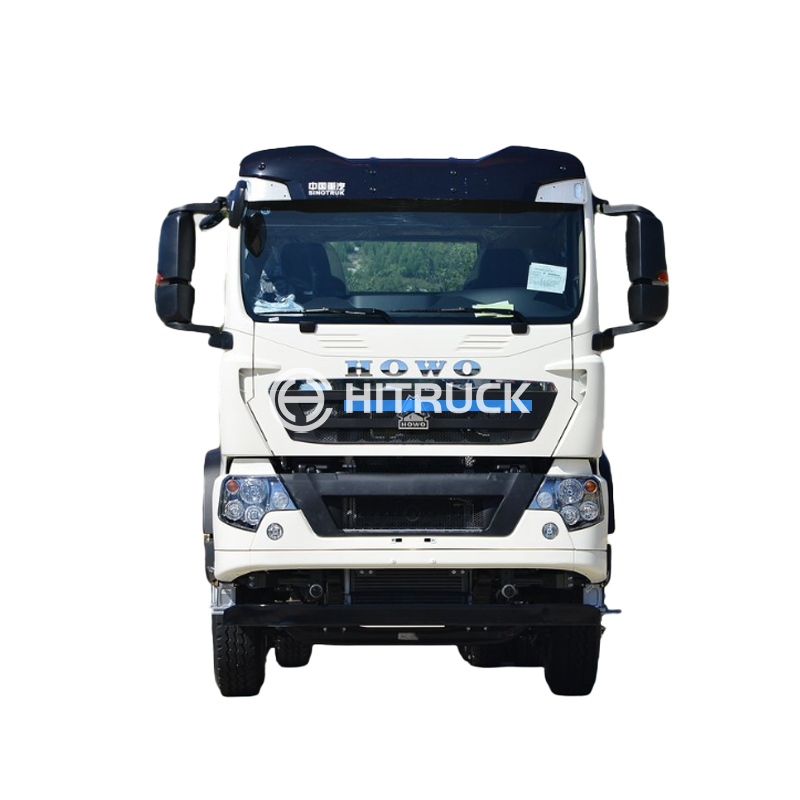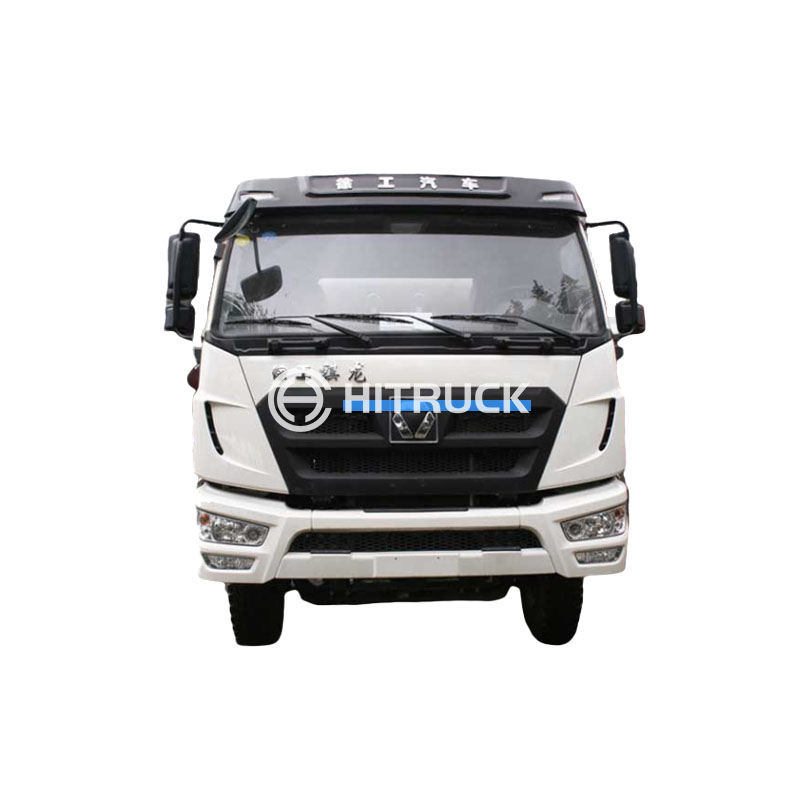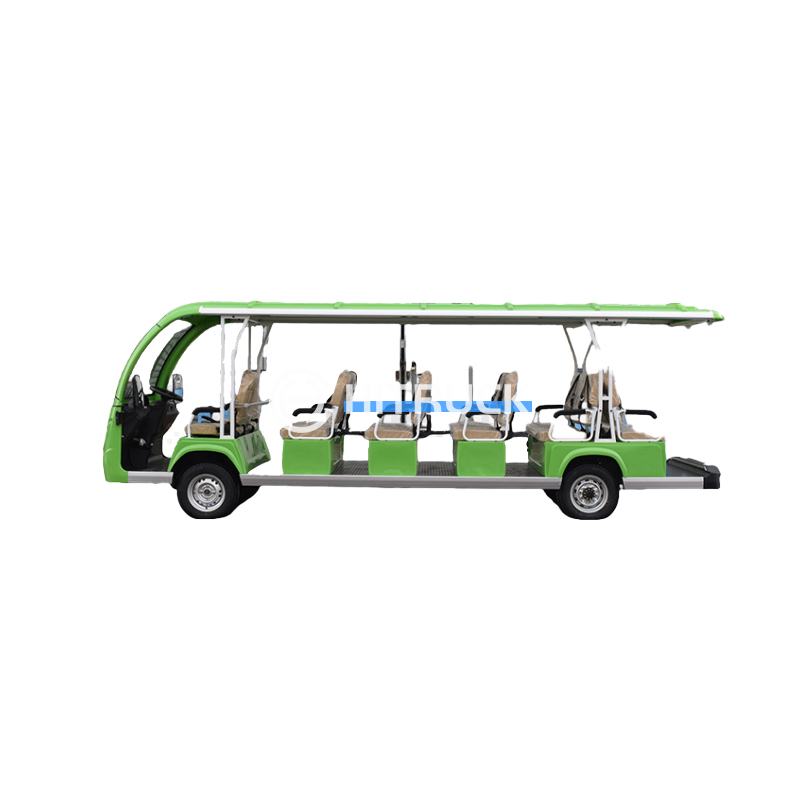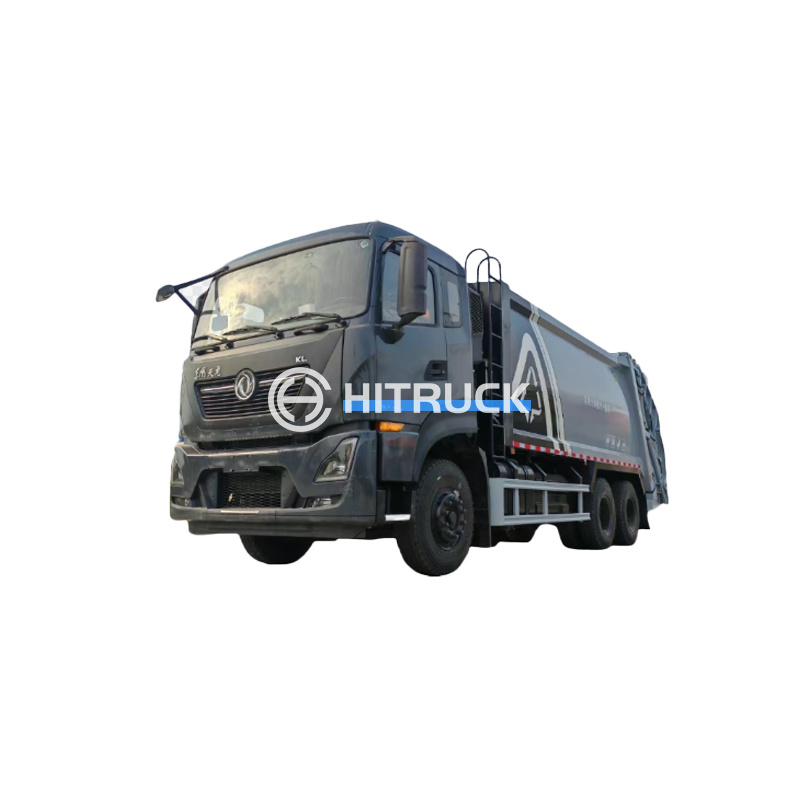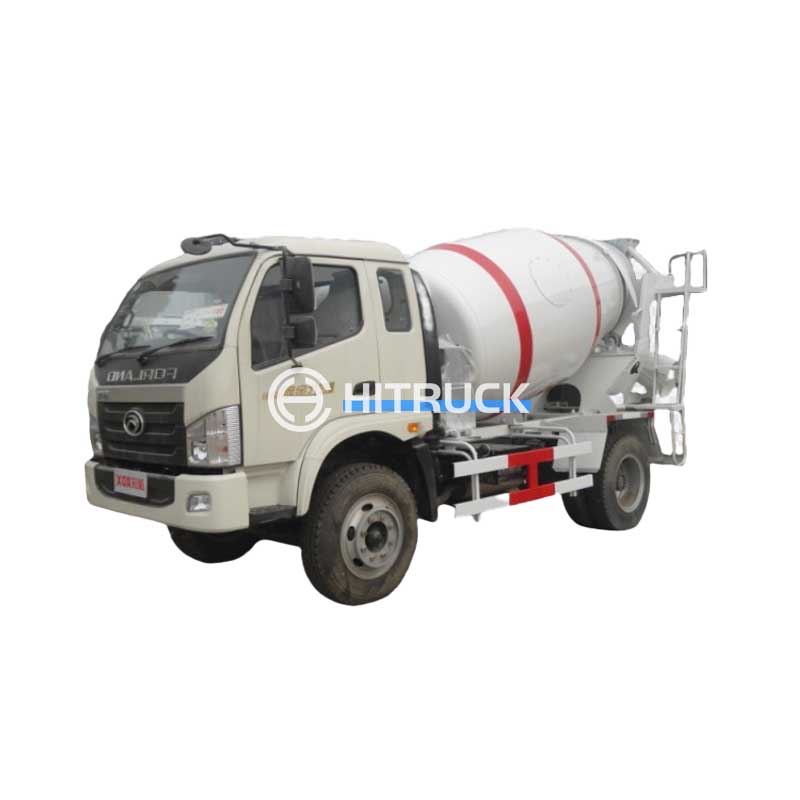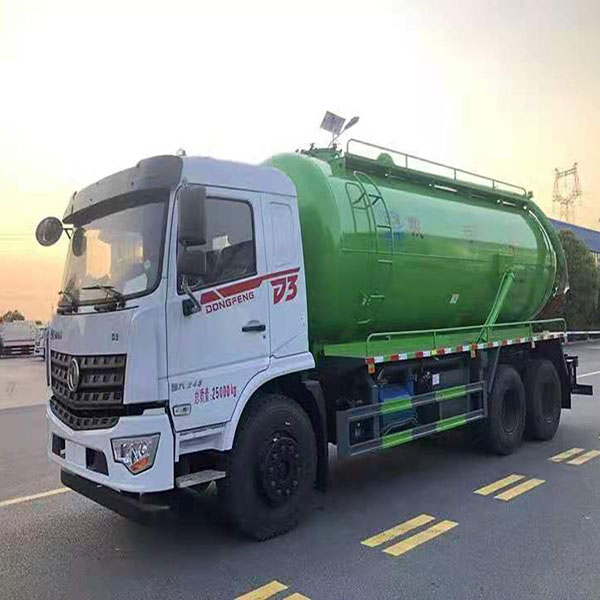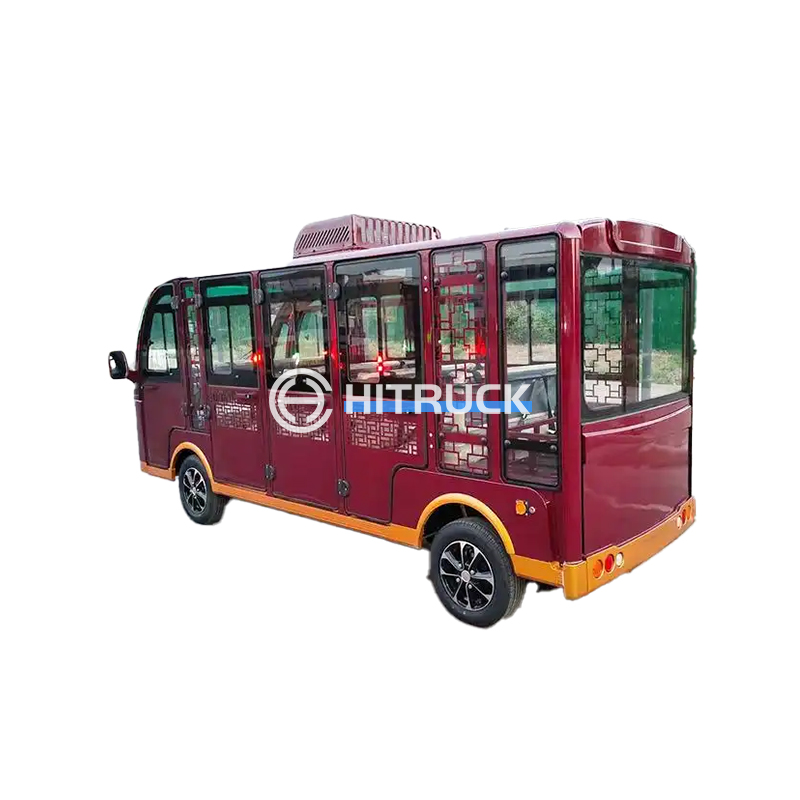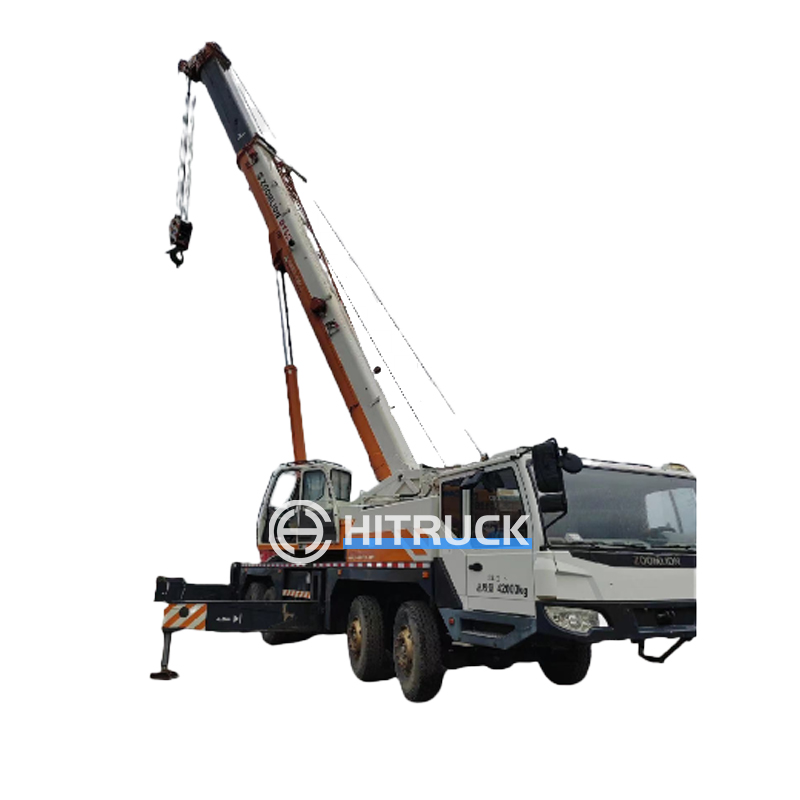This comprehensive guide helps you understand the various types of heavy duty flatbed trucks, their features, and how to select the best one for your specific hauling needs. We'll cover key considerations like payload capacity, bed dimensions, towing capacity, and more, ensuring you make an informed decision. Find the perfect truck to match your business requirements.
The payload capacity of a heavy duty flatbed truck is paramount. This refers to the maximum weight the truck can carry in its bed, excluding the weight of the truck itself. Different industries require different capacities; construction might need significantly more than landscaping. Always check the manufacturer's specifications for the exact payload of the model you're considering. Overloading can lead to serious safety risks and damage to the vehicle. Think carefully about the average weight of your typical loads and select a truck with sufficient capacity to handle them with a safety margin.
The dimensions of the heavy duty flatbed truck bed are crucial for efficient loading and securing your cargo. Consider the length, width, and height of the bed to ensure your loads will fit comfortably and safely. Longer beds offer more space, but may impact maneuverability. Wider beds allow for larger loads, while taller beds can accommodate higher items. When measuring your needs, remember to account for the space needed for securing mechanisms.
Many heavy duty flatbed trucks also boast significant towing capacities. If you need to haul trailers or other equipment along with your primary load on the flatbed, carefully review the towing capacity specified by the manufacturer. This will determine the maximum weight of the trailer and its contents your truck can safely tow. Remember that towing reduces the effective payload capacity of the truck itself.
Heavy duty flatbed trucks come in various configurations to cater to different needs. These can include variations in axle configurations (tandem, tridem), engine types (diesel, gasoline), and specialized features for specific industries. For example, a contractor might opt for a truck with a gooseneck hitch for heavy equipment, while a logging company might choose a model optimized for hauling long timber. Research different manufacturers to see what options best suit your particular use case. Consult with a professional at Suizhou Haicang Automobile Sales Co., LTD https://www.hitruckmall.com/ for personalized advice.
Purchasing a heavy duty flatbed truck is a significant investment. Develop a realistic budget that accounts for not only the purchase price but also ongoing maintenance, fuel costs, and potential insurance premiums. Explore different financing options to determine the most suitable payment plan for your circumstances.
Regular maintenance is vital for the longevity and safety of your heavy duty flatbed truck. Factor in costs for routine servicing, repairs, and potential parts replacements. Fuel consumption can also significantly impact operational costs, particularly with larger trucks. Consider the fuel efficiency of different models to minimize long-term expenses. Proper upkeep is key to minimizing downtime and maximizing your return on investment.
Before committing to a purchase, it's crucial to test drive several different models of heavy duty flatbed trucks. This allows you to experience the handling, comfort, and overall performance firsthand. Compare the specifications and features of different models to identify the best fit for your individual needs and budget. Carefully consider the opinions of others who have used similar trucks in your line of work.
| Feature | Truck A | Truck B |
|---|---|---|
| Payload Capacity | 10,000 lbs | 12,000 lbs |
| Bed Dimensions | 16 ft x 8 ft | 20 ft x 8 ft |
| Towing Capacity | 15,000 lbs | 18,000 lbs |
Note: The data in the table above is for illustrative purposes only and may not reflect actual truck specifications. Always consult the manufacturer's specifications for accurate information.

